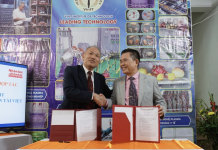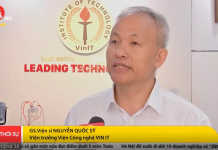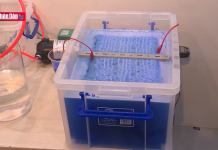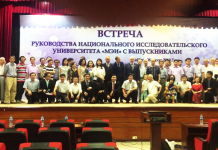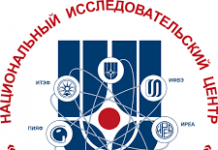Scientific work “Superluminal Signals in Quantum Optics” published in the book “Theory and Applications of Physical Science”. Volume 1 published in September 2019. Author of scientific works: Prof. D.Sc. B. A. Veklenko, Assoc. Dr. Y. I. Malachov, Prof. Aca. D.Sc. Shi Nguyen-Kuok.
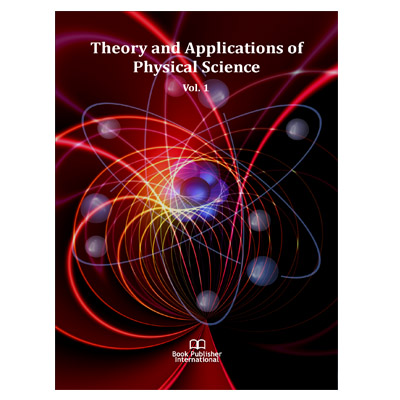
This book covers all areas of physical science. The contributions by the authors include superluminal signals, quantum electrodynamics, Heisenberg and Schrödinger representations, adiabatic hypothesis, Einstein-Maxwell equations, exact solutions, Kerr–Newman black holes, Newman–Janis algorithm, Mittag-Leffler function, time-varying capacity function, convolution operation, Laplace transform, fractional derivative, microstructure, electron, photon, heat, energy, heat capacity, heat balance, losses coefficient, thermal conductivities, photons, quantum electrodynamics, Green’s functions, chaotic system, simulation, circuit model, analog circuit implementation, superluminal signals, quantum electrodynamics, excited atoms, etc.
The scientific work “Superluminal Signals in Quantum Optics” is in chapter 2 of this book and is the result of theoretical and experimental research by 03 Russian scientists: Prof. D.Sc. B. A. Veklenko, Assoc. Dr. Y. I. Malachov, Prof. Aca. D.Sc. Shi Nguyen-Kuok.
Theoretically and experimentally the superluminal signals arising at passage of an electromagnetic pulse through thermally excited media are investigated. It is shown that the equations of quantum electrodynamics solved by standard methods explain the appearance of such signals as a consequence of fluctuation properties of secondary quantum fields. It is indicated that quantum averages from operators of electric strength and magnetic strength in these signals are equal to zero. The field energy is different from zero. Such signals have no classical analogues. The effective superluminal velocity of the laser beam after it crosses the cylindrical parallel layer of thermally excited atoms has been calculated. The results of experiments to measure the effective superluminal velocity of the beam passing a cylindrical layer of air inside a hot metal tube are given. Quantitative agreement of theoretical and experimental data is stated.
See scientific work: Superluminal Signals in Quantum Optics




